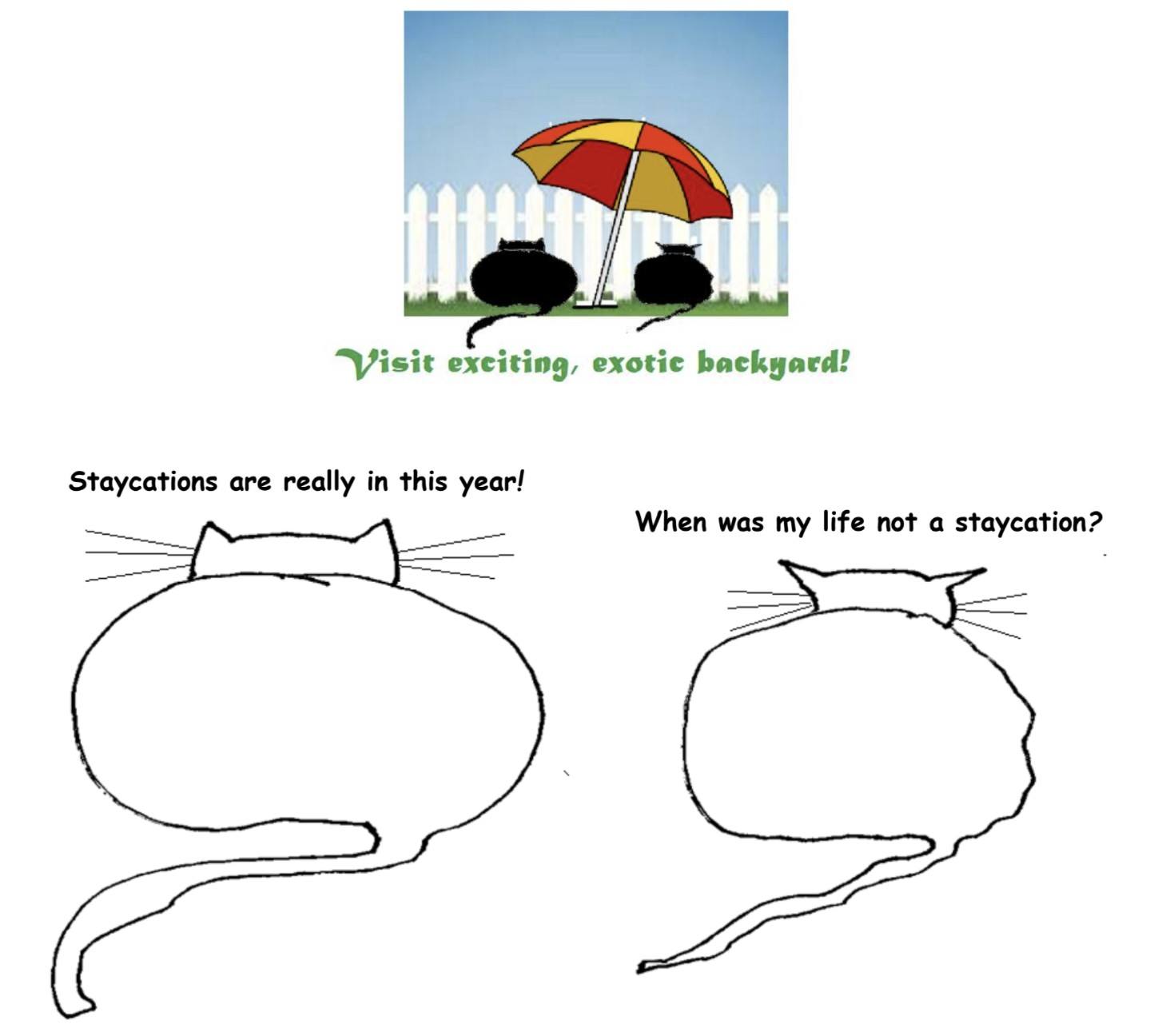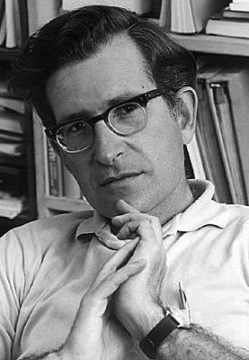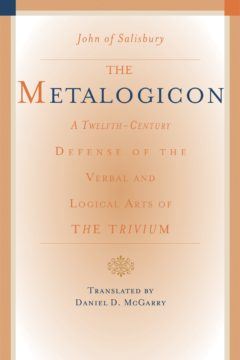by Derek Neal

As far as I know, Bret Easton Ellis is the only person with the audacity to charge money for a podcast. Every other podcast I listen to is free or at least becomes free shortly after an exclusive period for subscribers. While Ellis’s podcast used to function in this way, a couple of years ago he started charging two dollars per episode, and I stopped listening.
In truth, this is a reasonable price. The podcasts are two to three hours long and feature interesting guests, usually from the film world. For the time and effort he puts into it, it’s worth the money. And yet I’m of the generation who grew up downloading music for free, streaming pirated TV shows and movies, and torrenting expensive music making software. I’ve downloaded thousands of dollars’ worth of stuff for free. I’m not trying to justify my actions, but asking me to fork over two bucks for a podcast (a podcast!?) is a lot. Expecting me to pay seems like a violation of my rights, or something.
Nevertheless, on a day a few weeks ago circumstances conspired against me: I was in a city that I’d moved to during the pandemic, where I knew no one. I was alone in my studio apartment. I needed some human companionship, and Ellis had just released a three hour conversation with Quentin Tarantino. To make matters worse, I’d watched Tarantino’s film Jackie Brown for the first time a week or so prior and had been listening to its soundtrack of late 60’s and 70’s soul and funk non-stop. What can I say, The Delfonics are pretty good. With all these forces stacked against me, I was powerless to resist. I cursed Bret Easton Ellis and punched in my credit card number. Then I called my father to give him my login information and see if he wanted to go in 50/50 with me.
As I started to listen to the podcast, I was surprised to discover that it began not with a monologue from Ellis, as it did when I had listened in the past, but with a reading of a new chapter from his memoir/novel, The Shards. I was immediately hooked. Read more »

 Sughra Raza. Temple Wall Philosophy. Galle, Sri Lanka, 2010.
Sughra Raza. Temple Wall Philosophy. Galle, Sri Lanka, 2010.


 One remarkable redeeming feature of my dingy neighborhood in Kolkata was that within half a mile or so there was my historically distinctive school, and across the street from there was Presidency College, one of the very best undergraduate colleges in India at that time (my school and that College were actually part of the same institution for the first 37 years until 1854), adjacent was an intellectually vibrant coffeehouse, and the whole surrounding area had the largest book district of India—and as I grew up I made full use of all of these.
One remarkable redeeming feature of my dingy neighborhood in Kolkata was that within half a mile or so there was my historically distinctive school, and across the street from there was Presidency College, one of the very best undergraduate colleges in India at that time (my school and that College were actually part of the same institution for the first 37 years until 1854), adjacent was an intellectually vibrant coffeehouse, and the whole surrounding area had the largest book district of India—and as I grew up I made full use of all of these. Unlike her previous exhibit, James chose not to explicitly market
Unlike her previous exhibit, James chose not to explicitly market 
 The view that everyone who is capable has a basic duty to work and not be idle is the main tenet of what we call the work ethic. Closely related to this are two other ideas:
The view that everyone who is capable has a basic duty to work and not be idle is the main tenet of what we call the work ethic. Closely related to this are two other ideas:


 When I was 12 my parents fought, and I stared at the blue lunar map on the wall of my room listening to Paul Simon’s “Slip Slidin’ Away” while their muffled shouts rose up the stairs. As I peered closely at the vast flat paper moon—Ocean Of Storms, Sea of Crises, Bay of Roughness—it swam, through my tears, into what I knew to be my future, one where I alone would be exiled to a cold new planet. But in fact it was just an argument, and my parents still live together—more or less happily—in that same house where I was raised.
When I was 12 my parents fought, and I stared at the blue lunar map on the wall of my room listening to Paul Simon’s “Slip Slidin’ Away” while their muffled shouts rose up the stairs. As I peered closely at the vast flat paper moon—Ocean Of Storms, Sea of Crises, Bay of Roughness—it swam, through my tears, into what I knew to be my future, one where I alone would be exiled to a cold new planet. But in fact it was just an argument, and my parents still live together—more or less happily—in that same house where I was raised. Didier William. Ezili Toujours Konnen, 2015.
Didier William. Ezili Toujours Konnen, 2015. As an undergraduate History major, I reluctantly dug up a halfway natural science class to fulfill my college’s general education requirement. It was called Psychology as a Natural Science. However, the massive textbook assigned to us turned out to be chock full of interesting tidbits ranging from optical illusions to odd tales. One of the oddest was the story of Leon, Joseph, and Clyde: three men who each fervently believed he was Jesus Christ. The three originally did not know each other, but a social psychologist named Milton Rokeach brought them together for two years in an Ypsilanti, Michigan mental hospital to experiment on them. He later wrote a book titled The Three Christs of Ypsilanti.
As an undergraduate History major, I reluctantly dug up a halfway natural science class to fulfill my college’s general education requirement. It was called Psychology as a Natural Science. However, the massive textbook assigned to us turned out to be chock full of interesting tidbits ranging from optical illusions to odd tales. One of the oddest was the story of Leon, Joseph, and Clyde: three men who each fervently believed he was Jesus Christ. The three originally did not know each other, but a social psychologist named Milton Rokeach brought them together for two years in an Ypsilanti, Michigan mental hospital to experiment on them. He later wrote a book titled The Three Christs of Ypsilanti. “I am by nature too dull to comprehend the subtleties of the ancients; I cannot rely on my memory to retain for long what I have learned; and my style betrays its own lack of polish.”
“I am by nature too dull to comprehend the subtleties of the ancients; I cannot rely on my memory to retain for long what I have learned; and my style betrays its own lack of polish.”